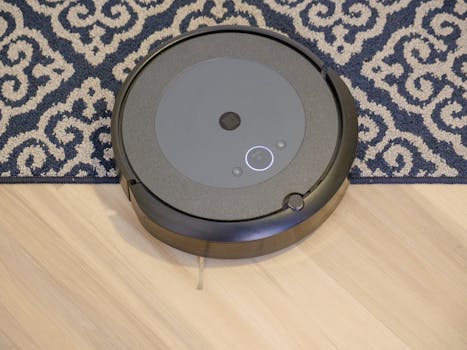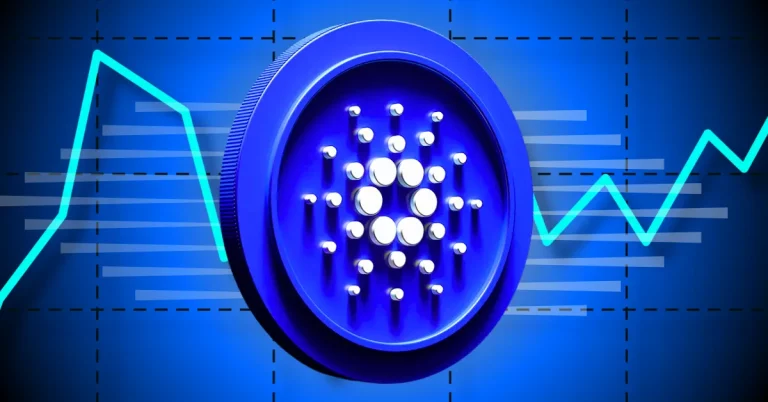
Smart Homes and Smart Living: The Technological Transformation of European Homes by 2025
Smart Homes and Smart Living are revolutionizing the way Europeans live and interact with their homes. With the rise of technology and innovation, the concept of smart homes is becoming increasingly popular, and it is expected that by 2025, a significant number of European homes will be transformed into smart homes.
Introduction to Smart Homes
A smart home is a home that is equipped with advanced technology and automation systems that make it possible to control and monitor various aspects of the home, such as lighting, temperature, security, and entertainment, remotely or through voice commands. The idea of smart homes is to create a comfortable, convenient, and secure living environment that is tailored to the needs and preferences of its inhabitants.
Technological Advancements Driving the Transformation
Several technological advancements are driving the transformation of European homes into smart homes. Some of the key technologies include:
- Internet of Things (IoT): The IoT refers to the network of physical devices, vehicles, and other items that are embedded with sensors, software, and connectivity, allowing them to collect and exchange data.
- Artificial Intelligence (AI): AI is being used in smart homes to learn the habits and preferences of the inhabitants and adjust the settings accordingly.
- Machine Learning (ML): ML is being used to analyze data from various sources, such as sensors and cameras, to detect patterns and make predictions.
- 5G Networks: The rollout of 5G networks is providing faster and more reliable connectivity, making it possible to support the high-bandwidth requirements of smart home devices.
Benefits of Smart Homes
The benefits of smart homes are numerous, and they include:
- Increased convenience: Smart homes make it possible to control various aspects of the home remotely or through voice commands, making it more convenient for inhabitants.
- Improved security: Smart homes can be equipped with advanced security systems, such as cameras and motion sensors, to provide an additional layer of security.
- Energy efficiency: Smart homes can be equipped with energy-efficient systems, such as smart thermostats and lighting systems, to reduce energy consumption.
- Enhanced entertainment: Smart homes can be equipped with advanced entertainment systems, such as smart TVs and sound systems, to provide a better entertainment experience.
Challenges and Limitations
While the concept of smart homes is exciting, there are several challenges and limitations that need to be addressed. Some of the key challenges include:
- Privacy concerns: Smart homes collect a significant amount of data, which raises concerns about privacy and data security.
- Interoperability: Smart home devices from different manufacturers may not be compatible with each other, making it difficult to integrate them into a single system.
- Cost: Smart home devices and systems can be expensive, making them inaccessible to many people.
Conclusion
In conclusion, the concept of smart homes and smart living is becoming increasingly popular in Europe, and it is expected that by 2025, a significant number of European homes will be transformed into smart homes. While there are several benefits to smart homes, there are also challenges and limitations that need to be addressed. As technology continues to evolve, we can expect to see more innovative solutions to these challenges, making smart homes more accessible and convenient for everyone.





